New Delhi city is the capital of India and is located in the northern part of the country. It is also referred to as National Capital Territory.
New Delhi is a cosmopolitan city that is rich in history, culture, and diversity. It covers an area of 1,484 square kilometers and has a population of over 21 million people, making it the second most populous city in India after Mumbai.
It is home to several historical landmarks and monuments that reflect its rich history and culture. Some of the most popular ones include the Red Fort, Humayun's Tomb, Qutub Minar, and the Jama Masjid. New Delhi city is also known for its vibrant markets and shopping districts. Some of the most popular shopping destinations include Connaught Place, Chandni Chowk, and Khan Market.

The city is divided into 11 districts which include:
New Delhi is situated in the north-central part of the country on the west bank of the Yamuna River. In 2016, Prime Minister Narendra Modi selected New Delhi city as one of the 100 cities in India to be developed as a smart city which aims at making these cities environmentally friendly and sustainable, hence integrating information and communication technology will be easier for New Delhi.
Area : 42.7 Sq.Km
Population : 2.49 (Lakhs)
New Delhi city was built by Mughal Emperor Shah Jahan in the 17th century and was named Shahjahanabad. It was known for its magnificent architecture and became the center of Mughal culture and civilization. The city was sacked and rebuilt and continued to be an important centre of trade and commerce under the Mughal rule.
In the early 19th century, the British East India Company took control of India and established their capital in Calcutta. In 1911, the British government decided to shift the capital from Calcutta to Delhi and commissioned the construction of a new city, which was completed in 1931 and named New Delhi.
It was designed as a modern city with grand government buildings, wide roads, and landscaped gardens. Today, New Delhi is a cosmopolitan city known for its rich cultural heritage, historical monuments, museums, art galleries, and food scene. It continues to be an important centre of government, commerce, and tourism in India.
New Delhi city has an excellent connectivity with other parts of India and the world which include;
Airport Connectivity:
Indira Gandhi International Airport, situated to the southwest of Delhi, is the main gateway for the city's domestic and international civilian air traffic. The airport has multiple terminals and handles both domestic and international flights.
Bus Connectivity:
New Delhi has one of India's largest bus transport systems. Buses are operated by the state-owned Delhi Transport Corporation (DTC), which owns the largest fleet of compressed natural gas (CNG)-fueled buses in the world.
Railway Connectivity :
New Delhi city is a major junction in the Indian railway network and is the headquarters of the Northern Railway. The five main railway stations are
Metro Connectivity:
The Delhi Metro is a rapid transit system serving New Delhi, Delhi, Gurgaon, Faridabad, Noida, and Ghaziabad in the National Capital Region of India. The city has a rapid transit system in the form of the Delhi Metro which connects it to Noida, Gurgaon, Ghaziabad, and Faridabad. Delhi Metro was India’s first modern public transportation system and led the way for many other such projects to be unfurled.
There will be a construction of the New Delhi metro grey line between Dwarka-Najafgarh stations by December 2020.
Road Connectivity:
Delhi has a well-developed road network, with several highways and expressways connecting it to other parts of India.
Highways - 1, 2, 8, 10, and 24 connect it to all the major Indian cities. It’s connected to Gurgaon by the Delhi-Gurgaon Expressway and to the neighboring industrial town of Faridabad by The Delhi-Faridabad Skyway. The Noida-Greater Noida Expressway and the DND Flyway are the other roads connecting Delhi to the neighboring towns.
Taxis and auto-rickshaws Connectivity:
New Delhi has a large fleet of taxis and auto-rickshaws that provide affordable and convenient transportation options for local residents and visitors.
Information Technology:
New Delhi has a thriving IT sector, with many software development companies, web design firms, and digital marketing agencies based in the city. The city has several technology parks, including the International Tech Park in Shastri Park and the IT Park in Noida.
The city has the ability to gracefully adopt technological changes and deal with rapid population growth, hence is among the world's fastest-changing cities, with strengthened global connectivity.
Historical Monuments:
New Delhi city has a lot to offer, from historical monuments and cultural landmarks to vibrant markets and modern shopping malls. Some of the historical Monuments include;
Industrial Hub:
New Delhi is also home to a number of manufacturing industries, such as textiles, leather goods, handicrafts, and jewelry. These industries are primarily located in the outer regions of the city, such as Narela and Okhla.
According to the Department for Promotion of Industry and Internal Trade (DPIIT), cumulative FDI inflows to Delhi from April 2000–June 2019 amounted to US$ 89.68 billion.
Renewable Energy:
The city is rapidly developing its renewable energy sector, with a focus on solar and wind power. The government has set targets to generate 2 GW of solar power by 2025, and several companies are investing in solar energy projects in and around the city.
A Business Facilitation Council (BFC) has been set up to facilitate single-window clearances from various departments for establishing industrial enterprises in a time-bound manner by the Delhi government.
A new land pooling policy has been approved by the DDA, which is expected to result in five more subsidies, such as Dwarka, Rohini and Narela, in other urban extension areas. The new policy would ensure that the private sector is involved in the development of new urban extension areas in the cities.
Educational Institutional:
New Delhi is home to some of the most prestigious educational institutions in India, offering a wide range of courses in various disciplines. Here are some of the top educational institutions in New Delhi:
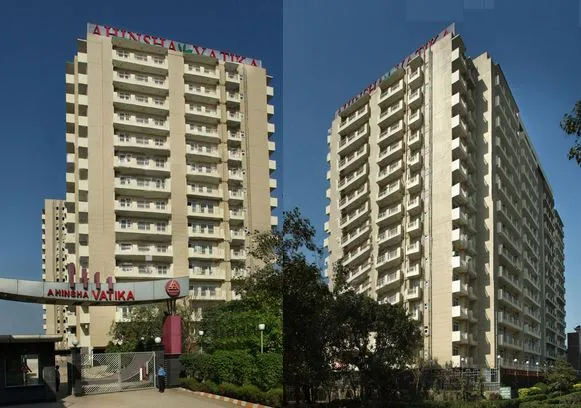
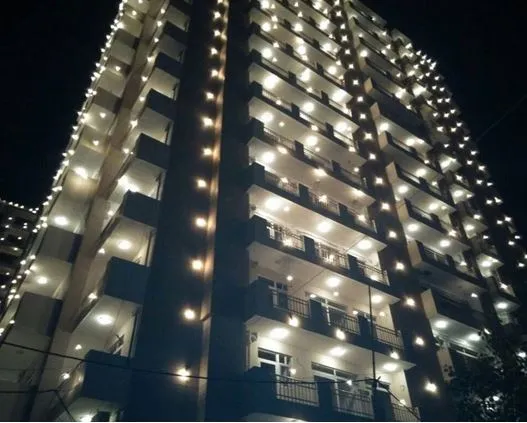
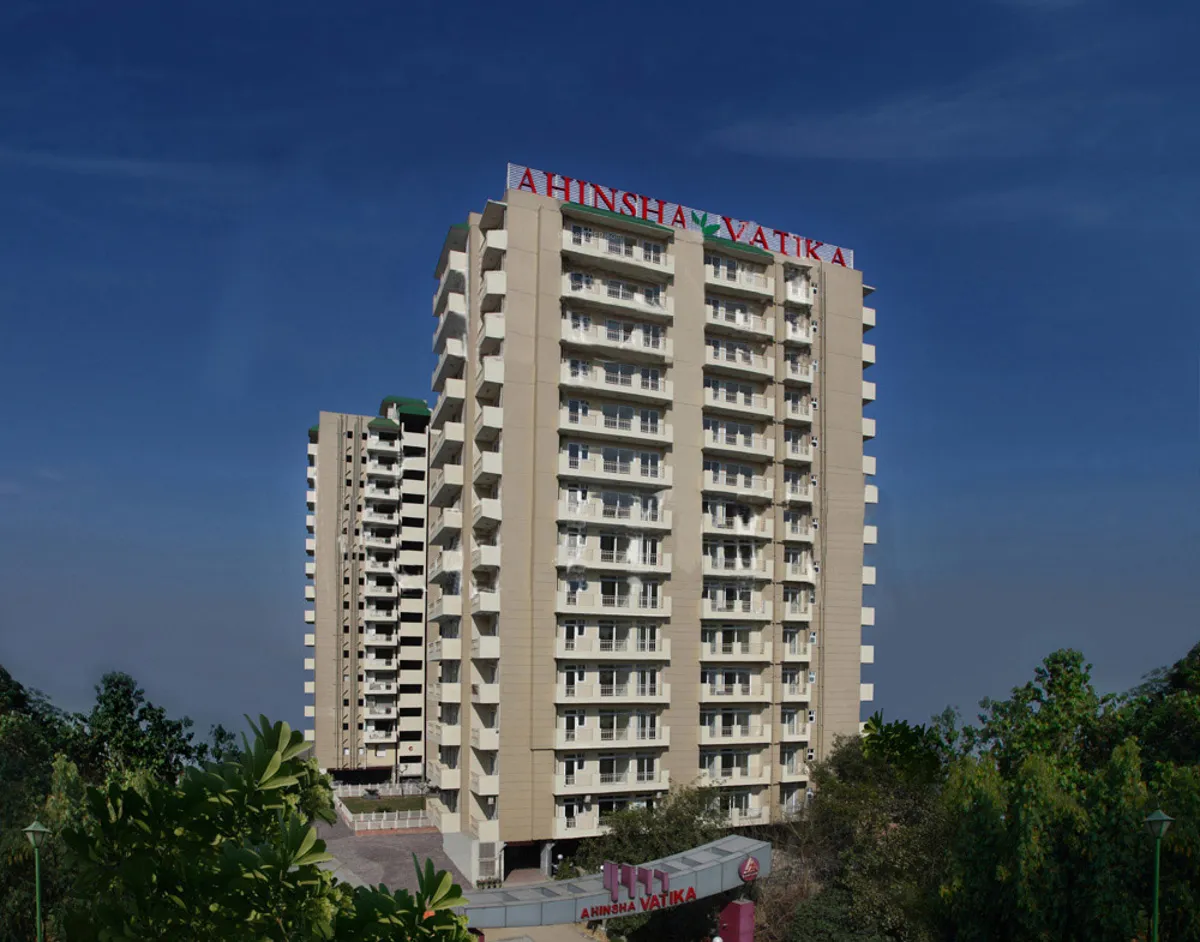




EMI Starting : ₹ 60,480
 Ahinsha Vatika
Ahinsha Vatika
Ahinsha Builders Pvt Ltd.
|
Starting : |
₹ 90 Lac |
East Delhi, New Delhi
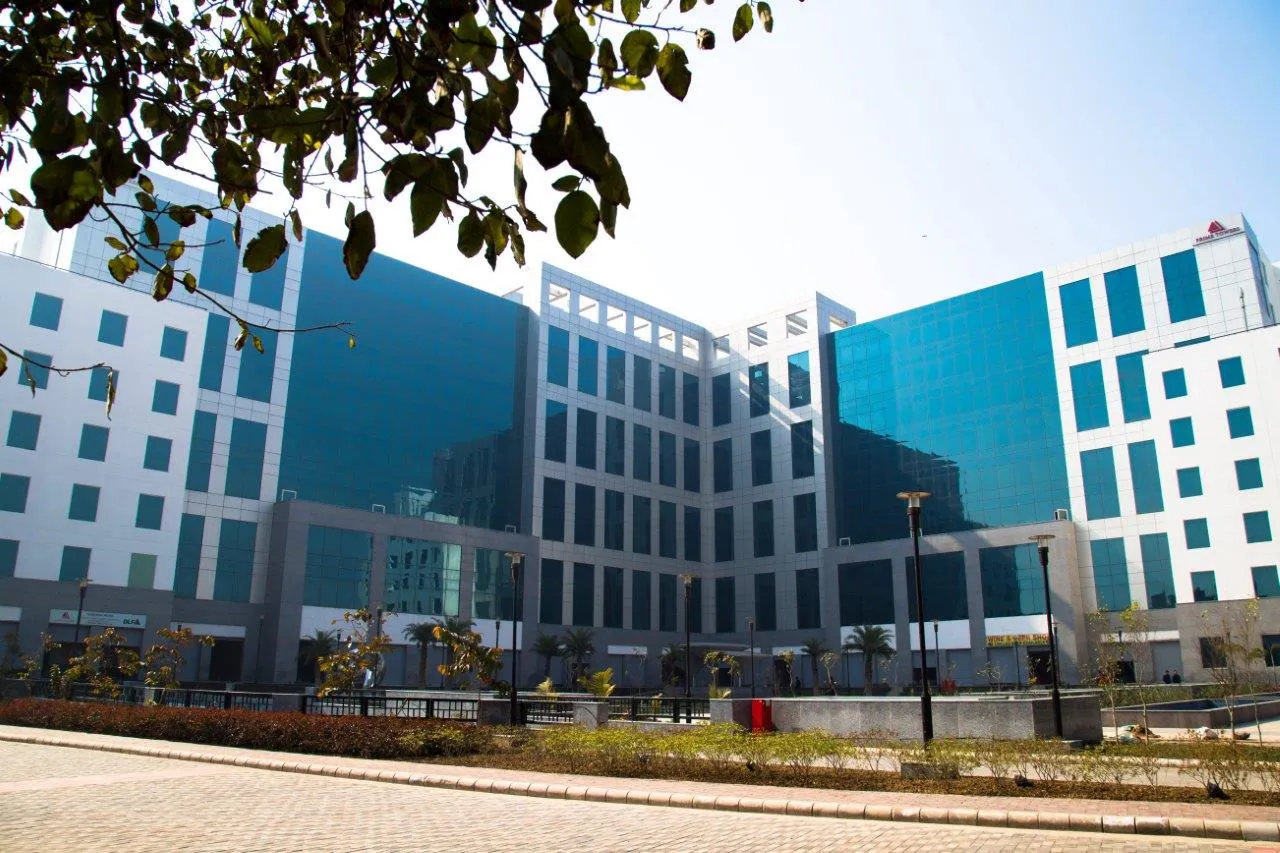
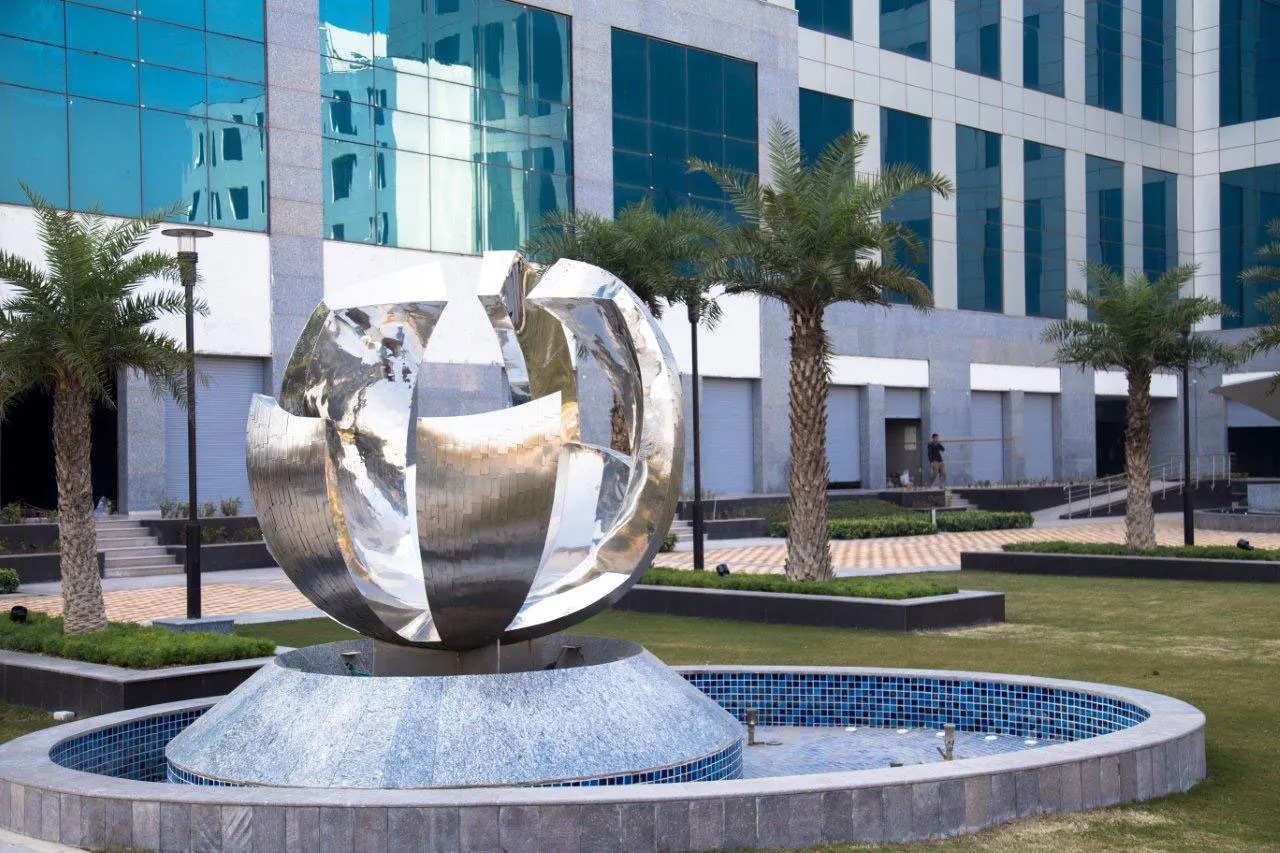
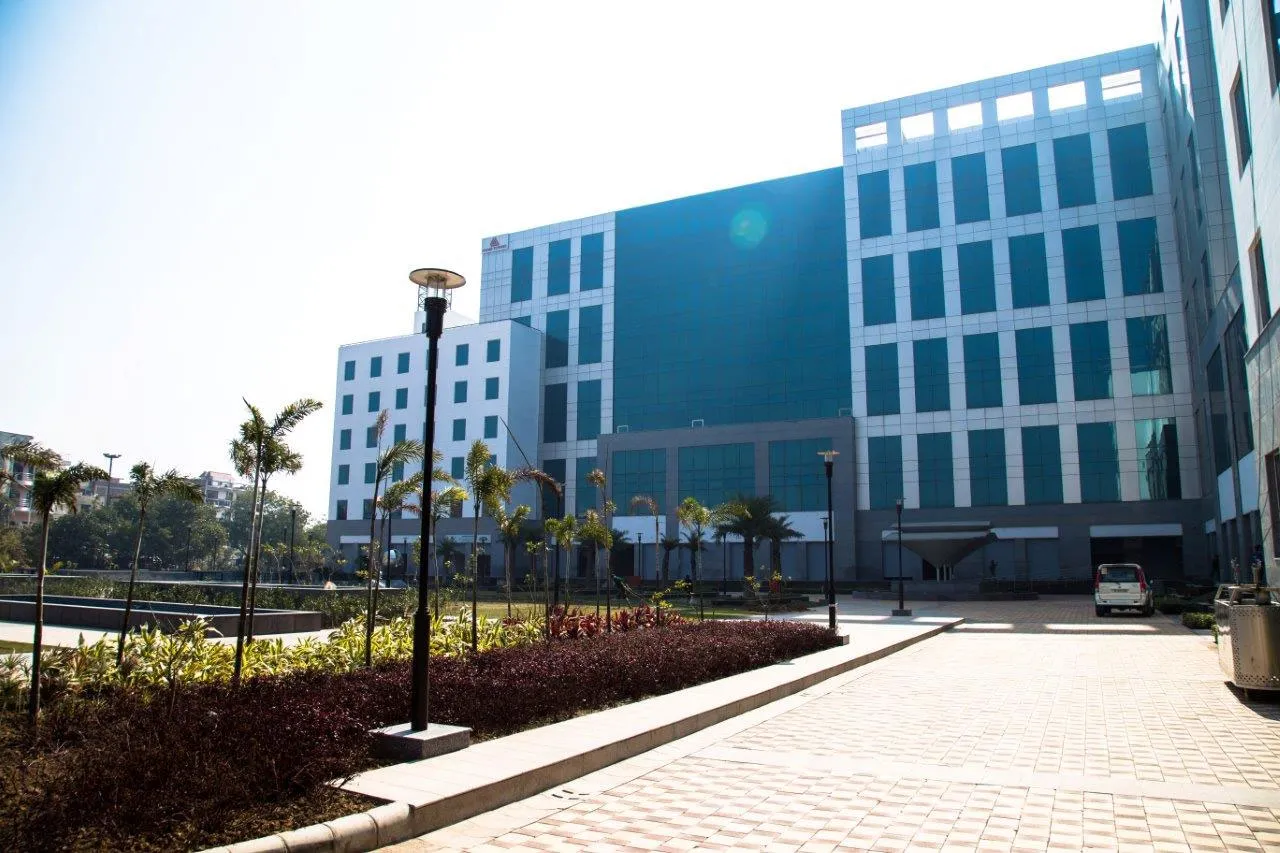
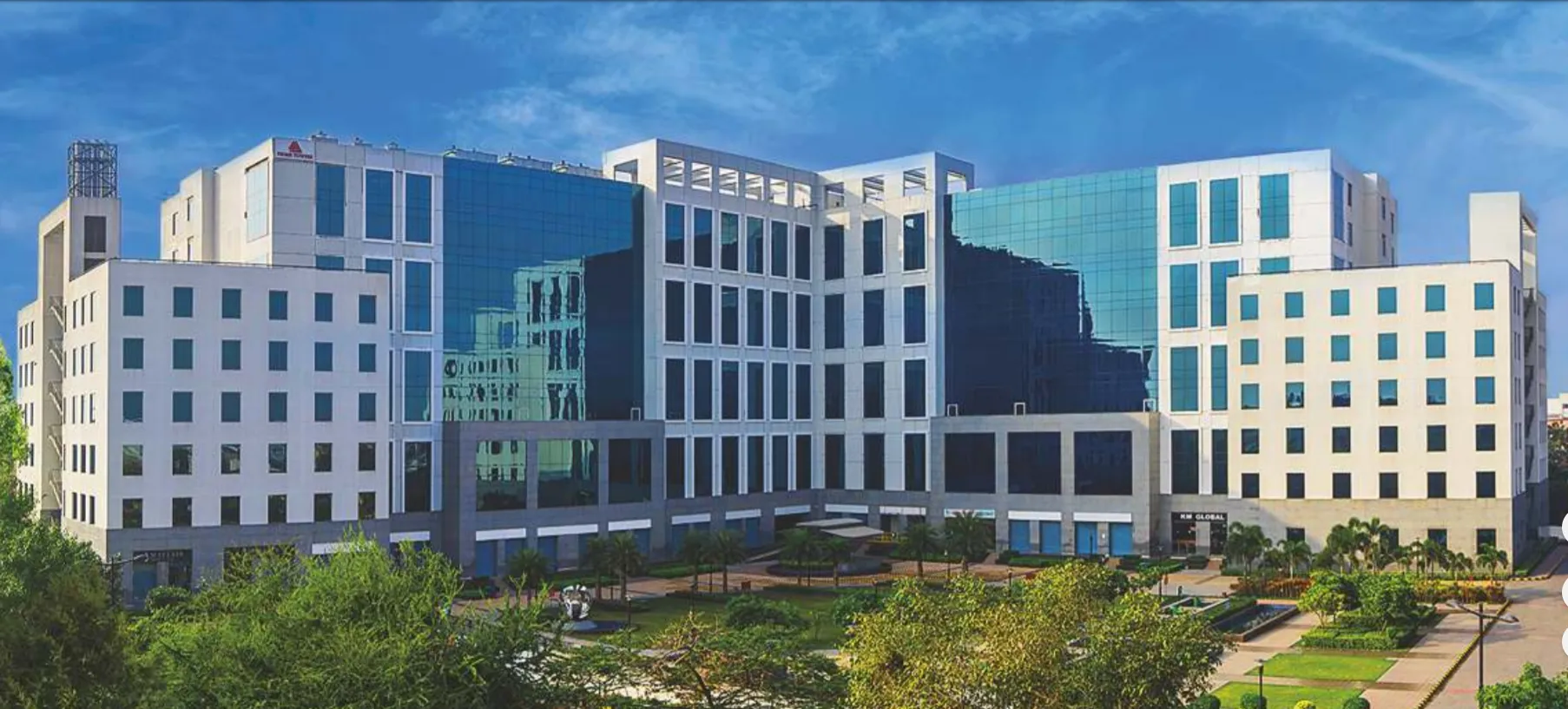
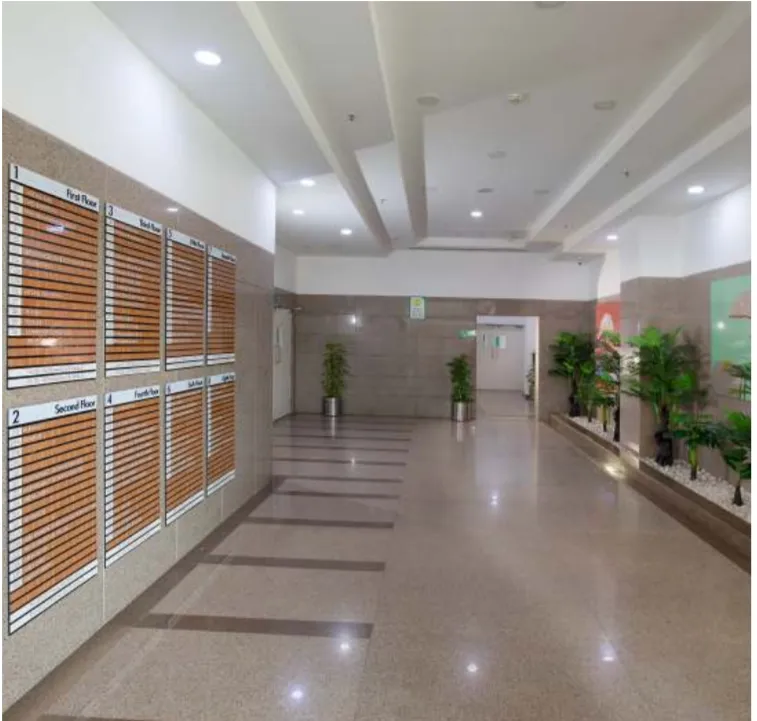
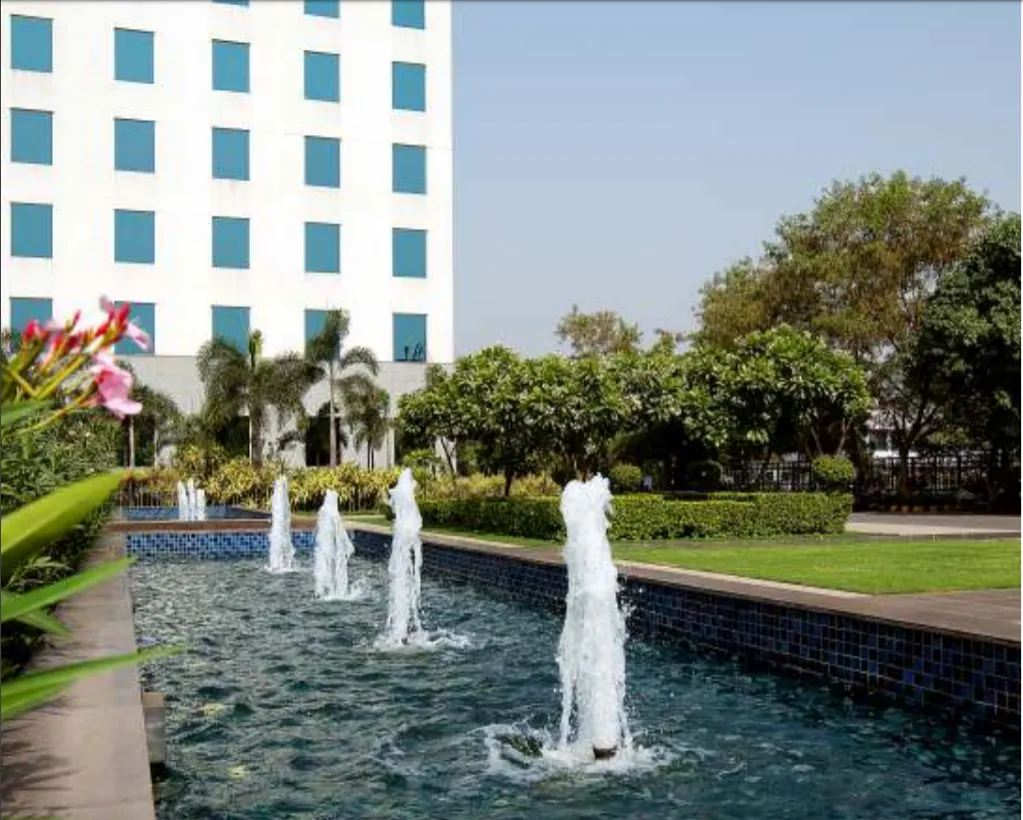
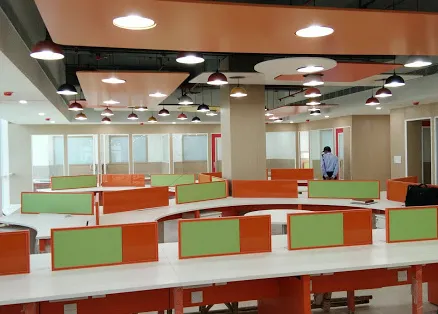
EMI Starting : ₹ 70,560
 DLF Prime Towers Office
DLF Prime Towers Office
DLF Limited
|
Starting : |
₹ 1.05 Cr |
South Delhi, New Delhi
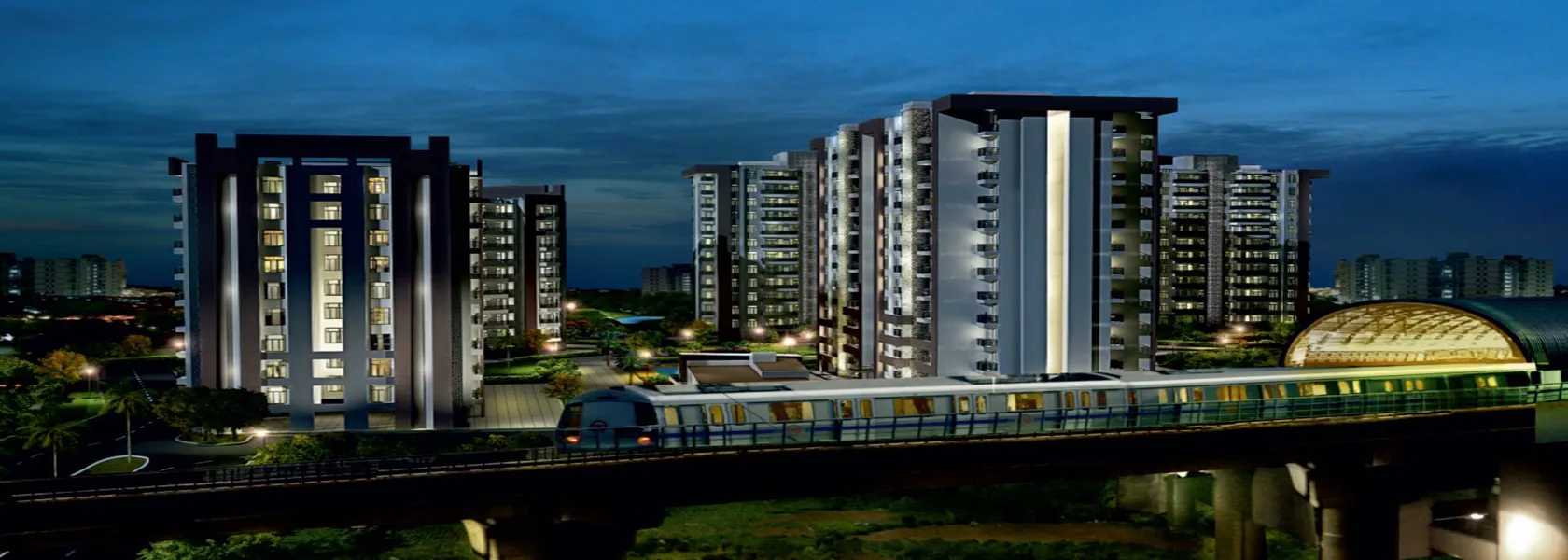
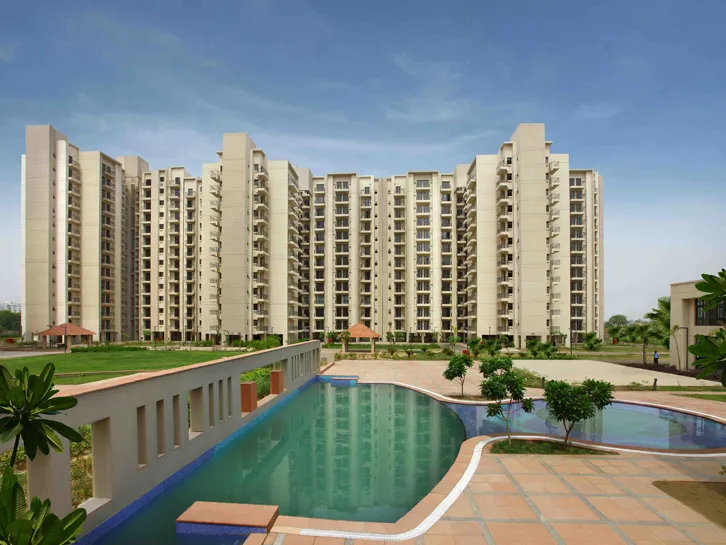
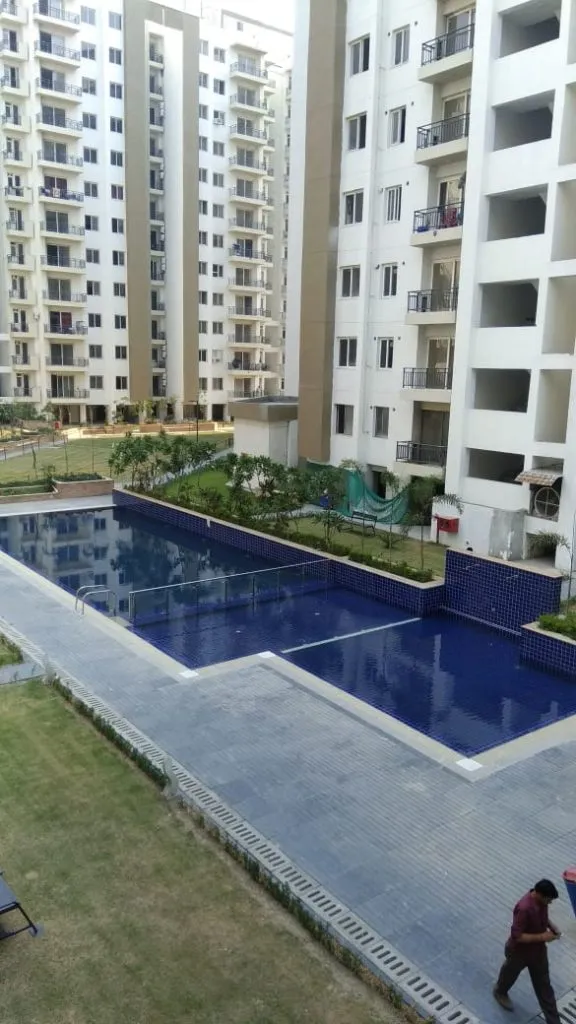
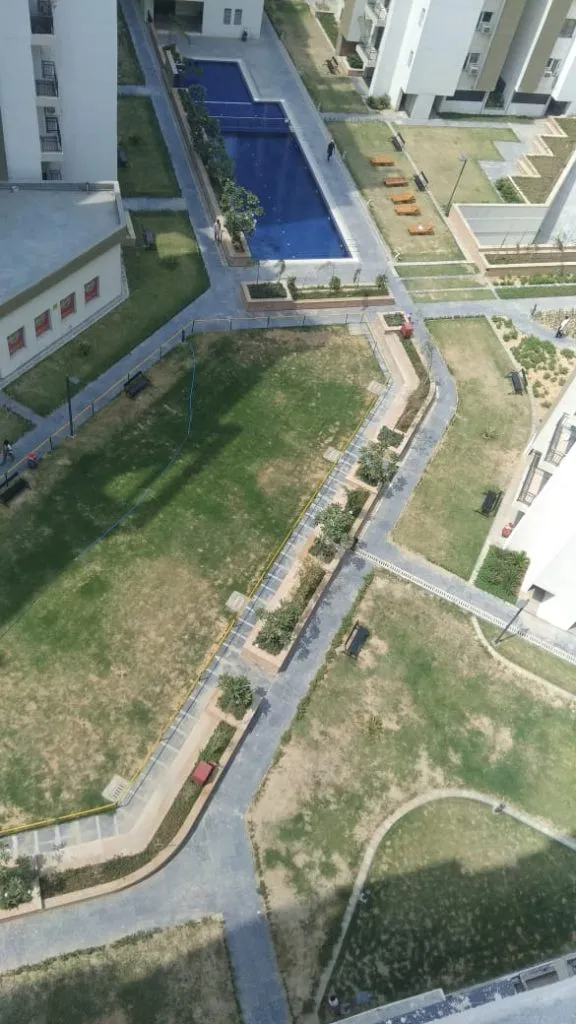
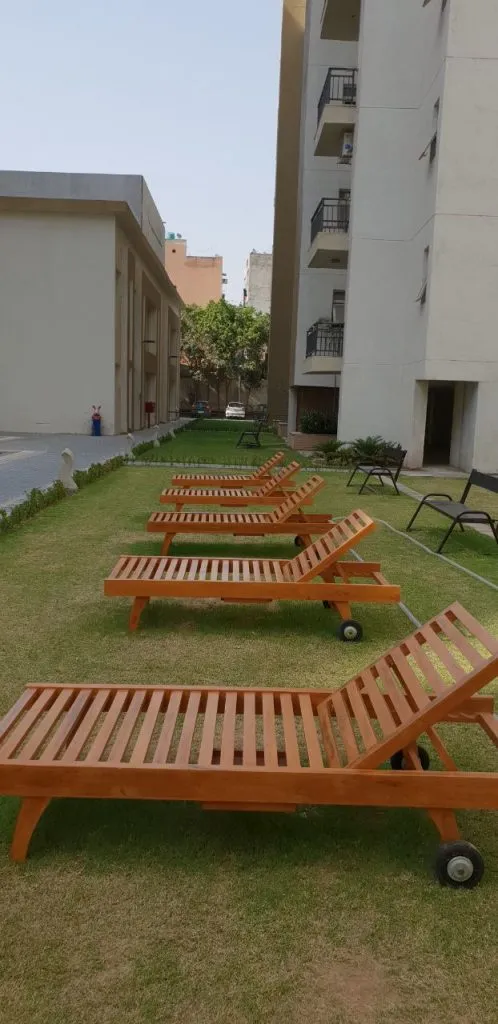

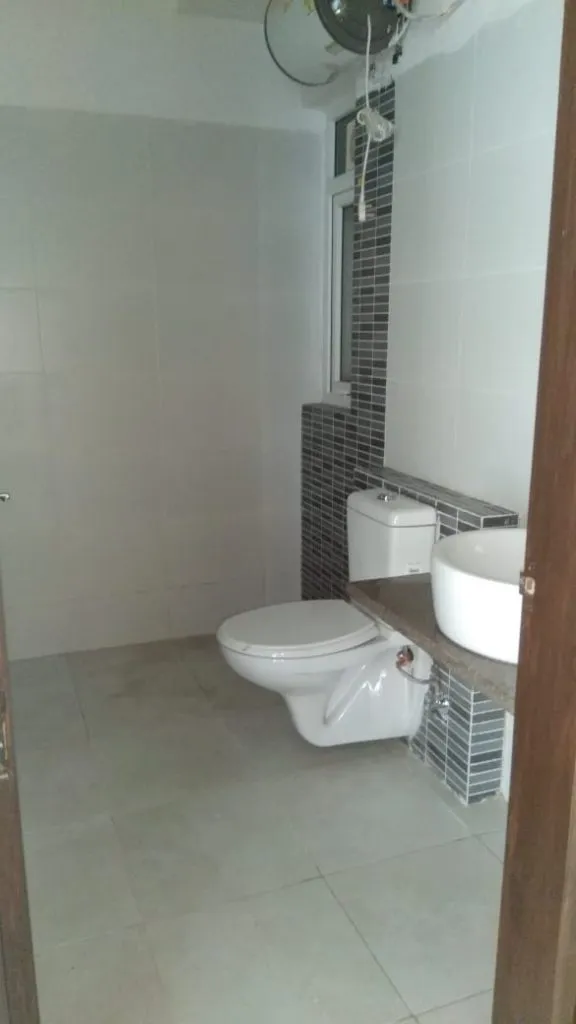
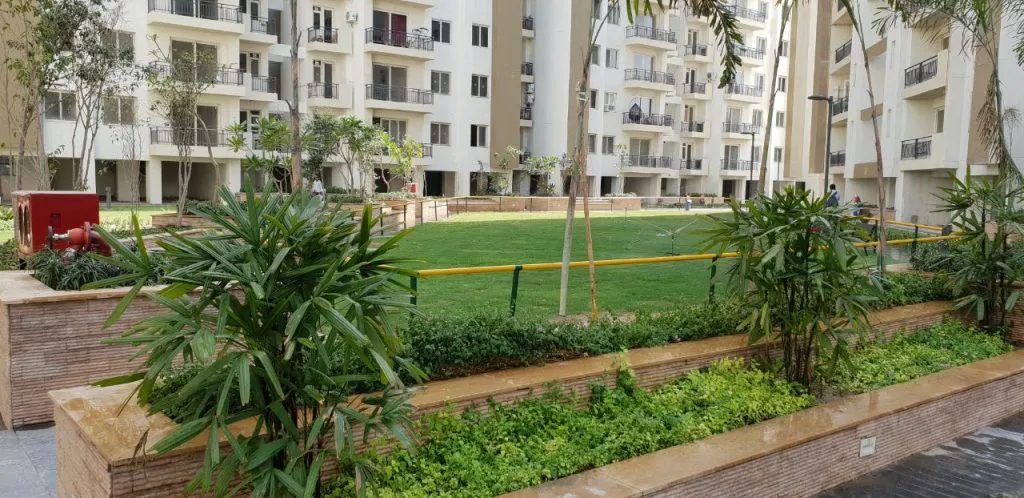
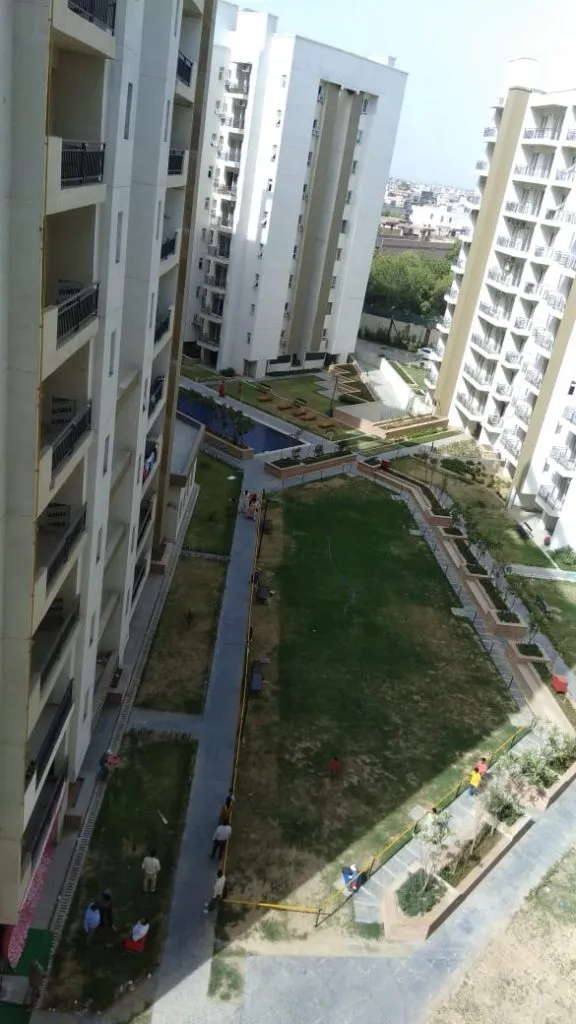

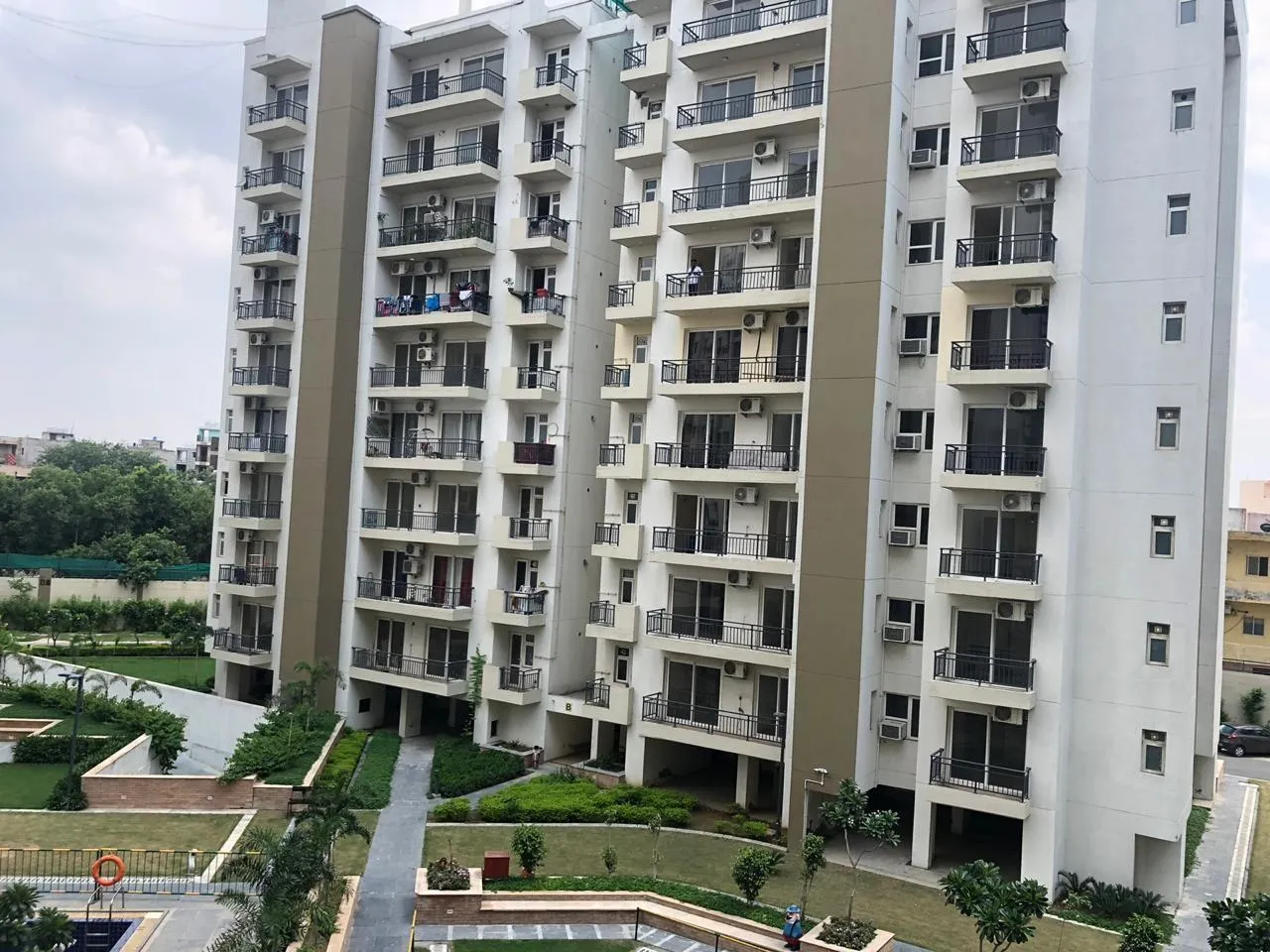
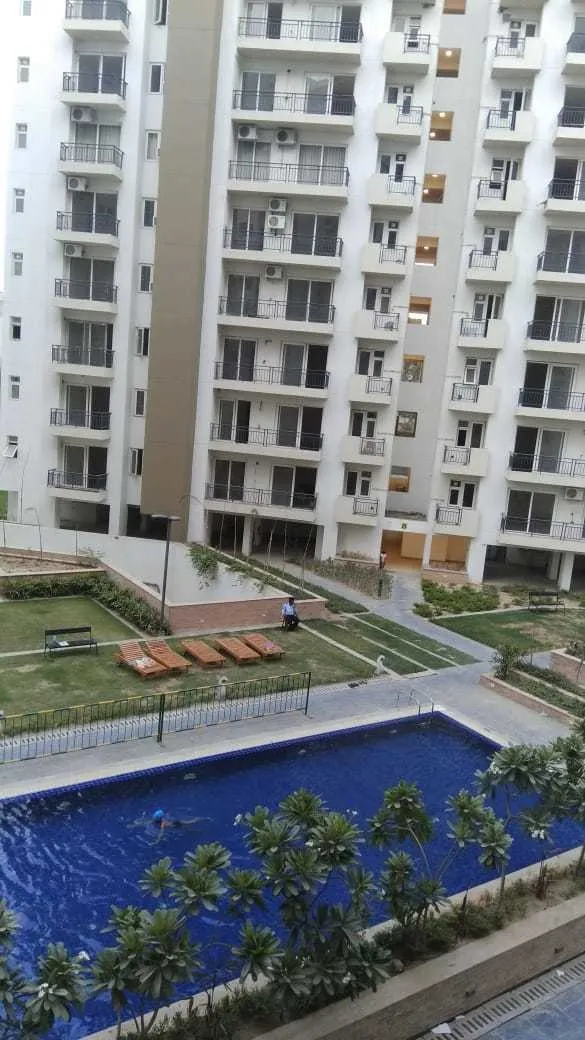

EMI Starting : ₹ 79,296
 Winter Hills
Winter Hills
Umang Realtech Pvt. Ltd.
|
Starting : |
₹ 1.18 Cr |
West Delhi, New Delhi
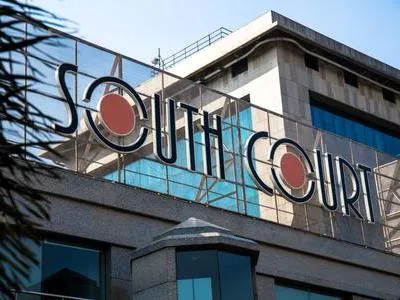
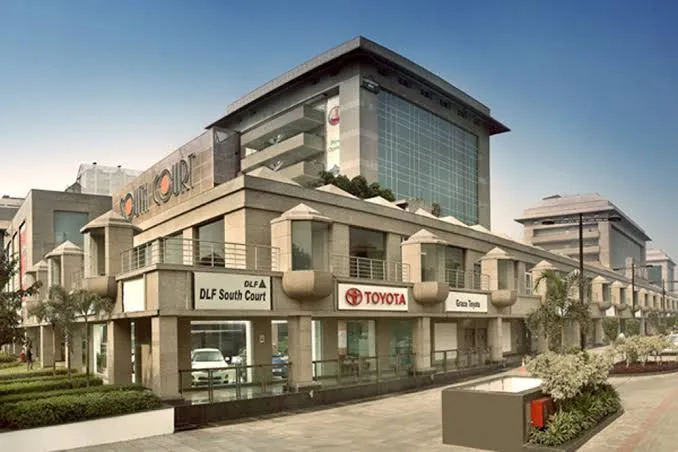
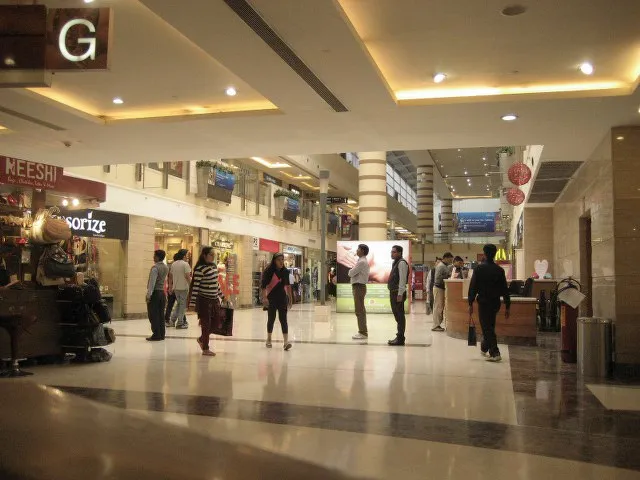
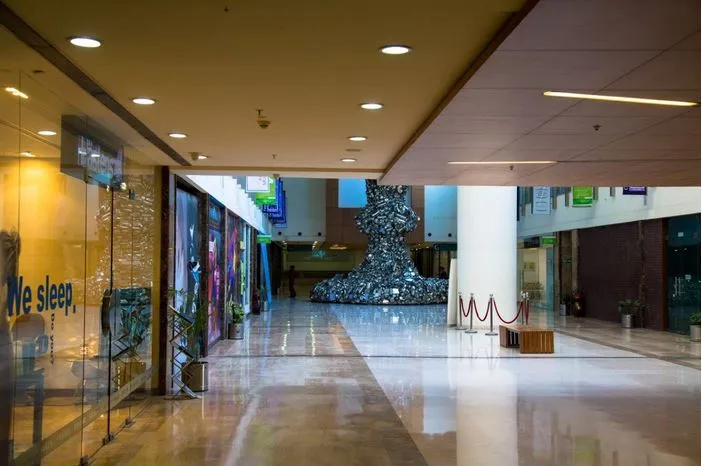
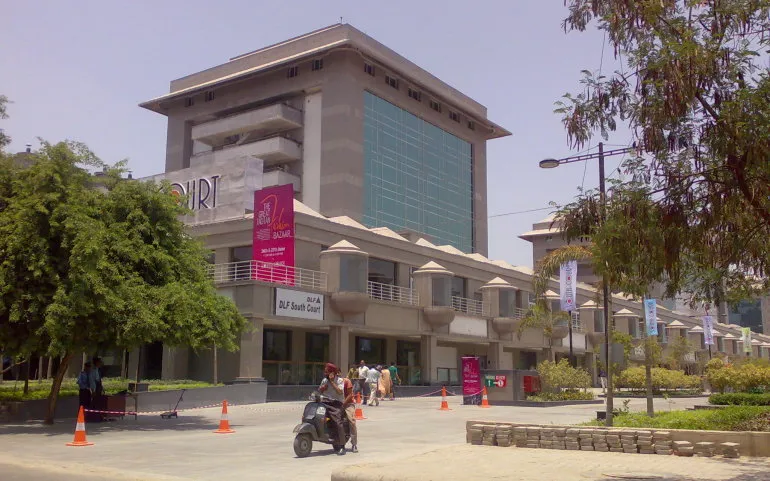
EMI Starting : ₹ 1,00,800
 DLF South Court Retail
DLF South Court Retail
DLF Limited
|
Starting : |
₹ 1.5 Cr |
South Delhi, New Delhi
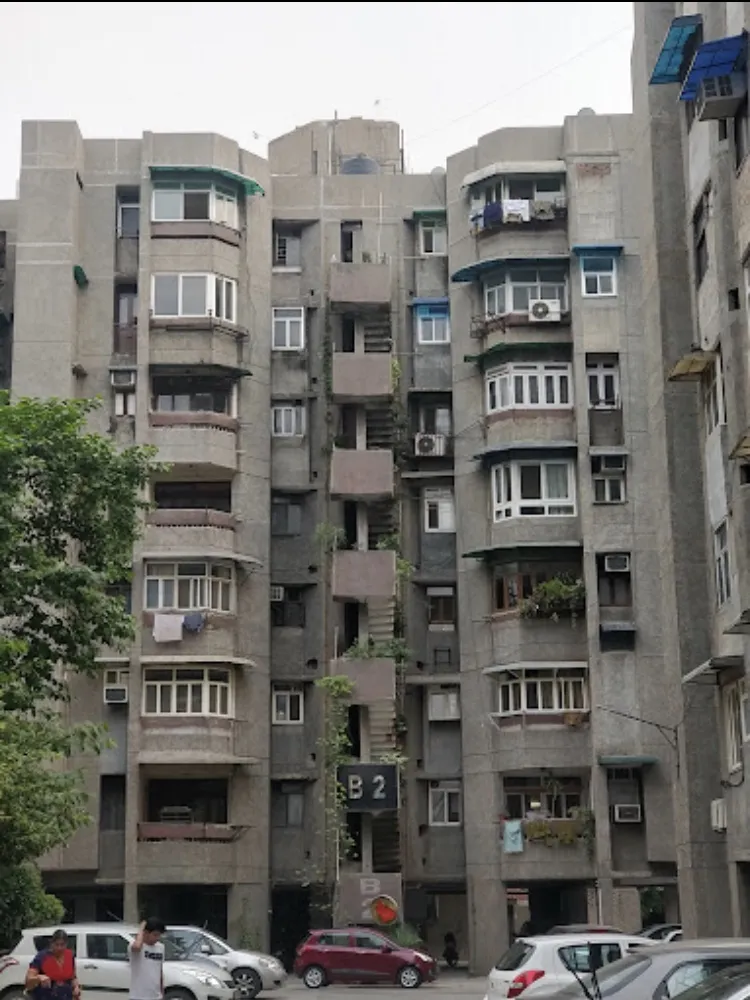
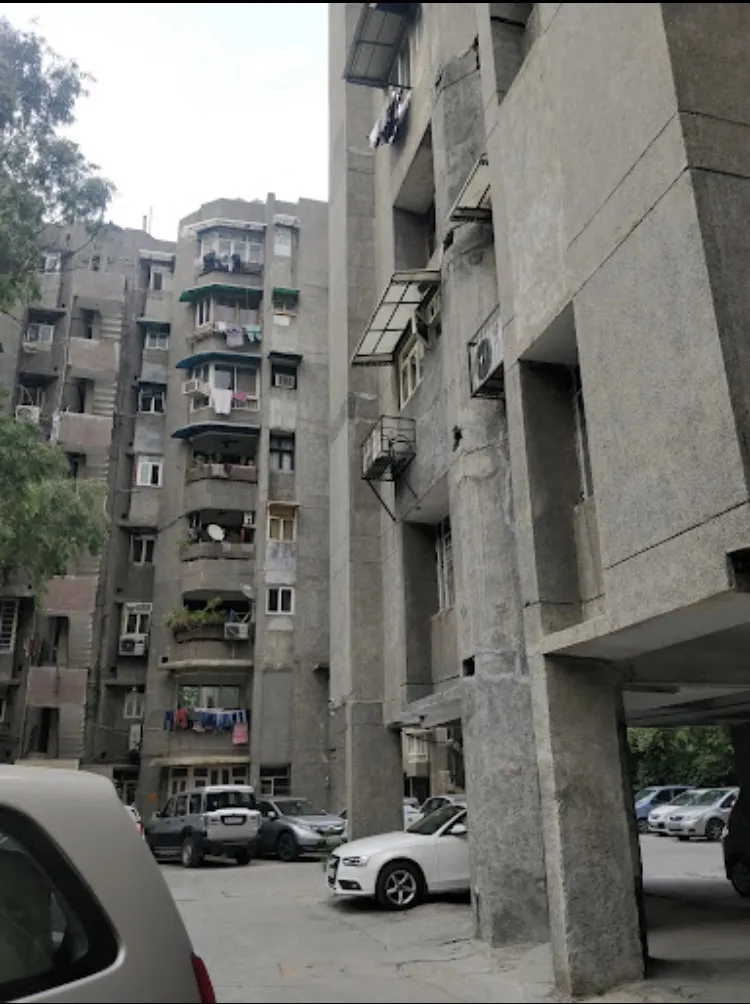
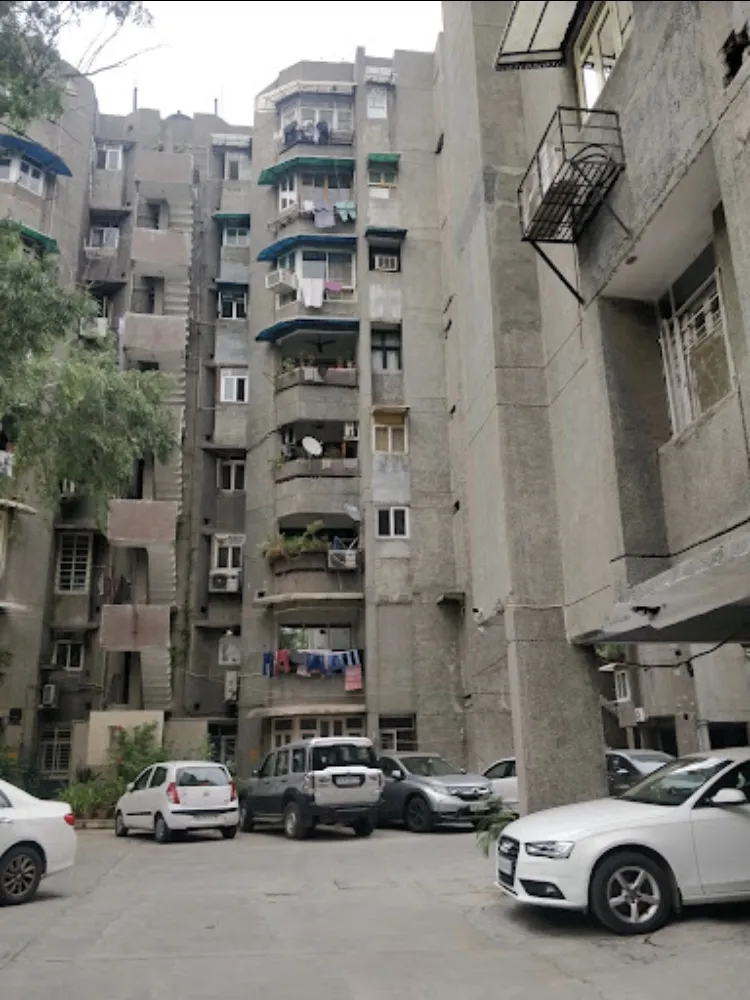
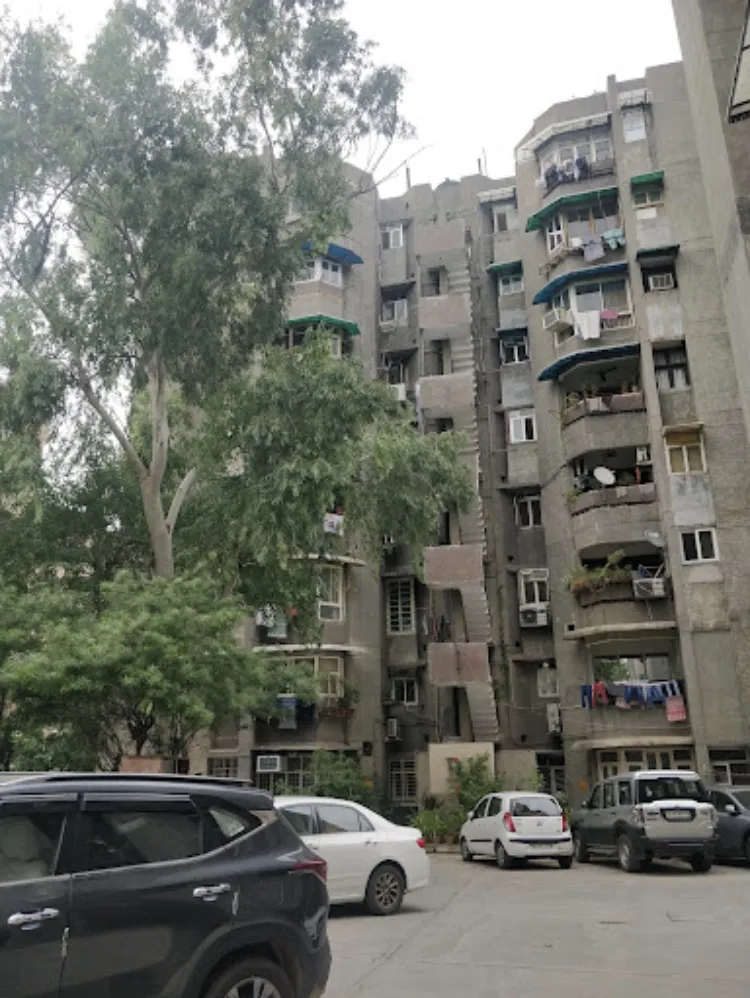
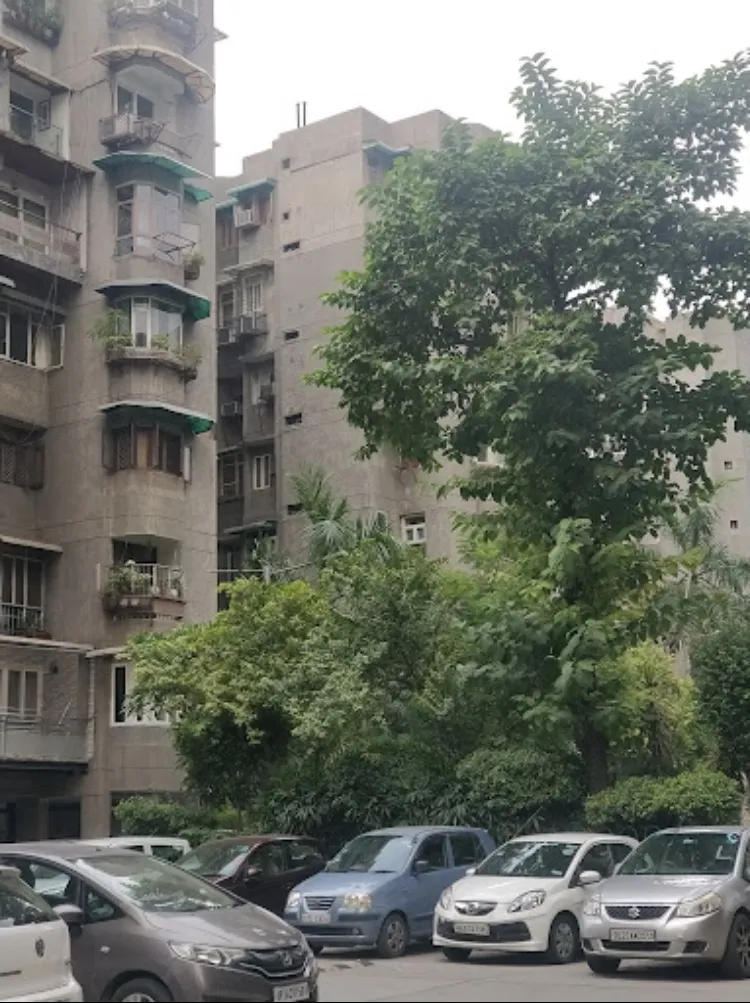
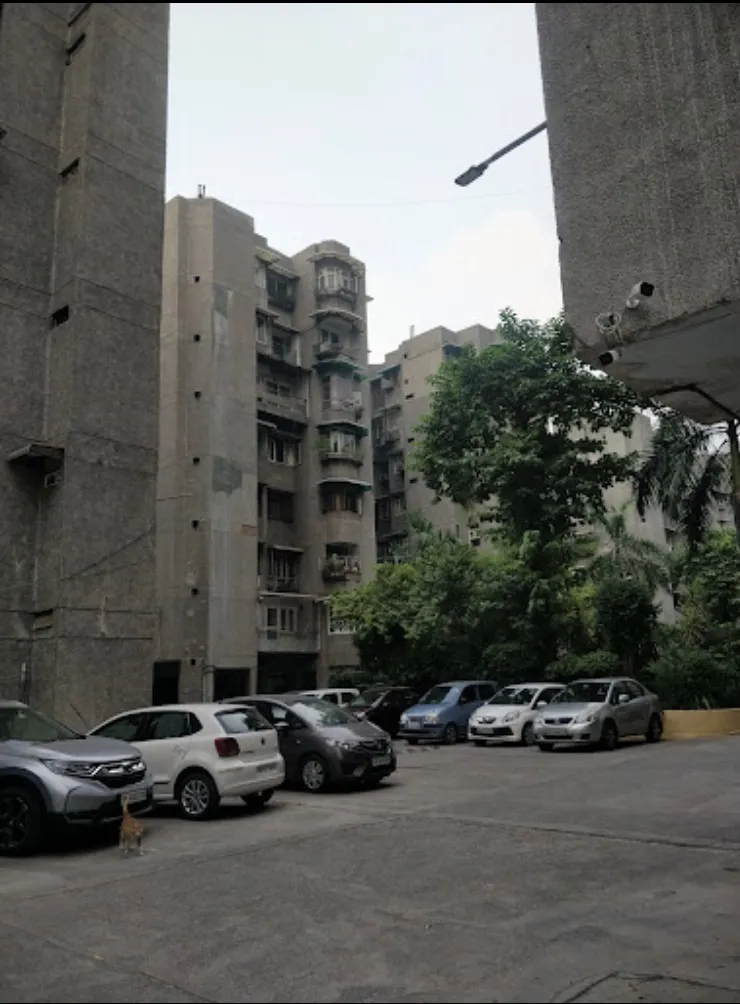

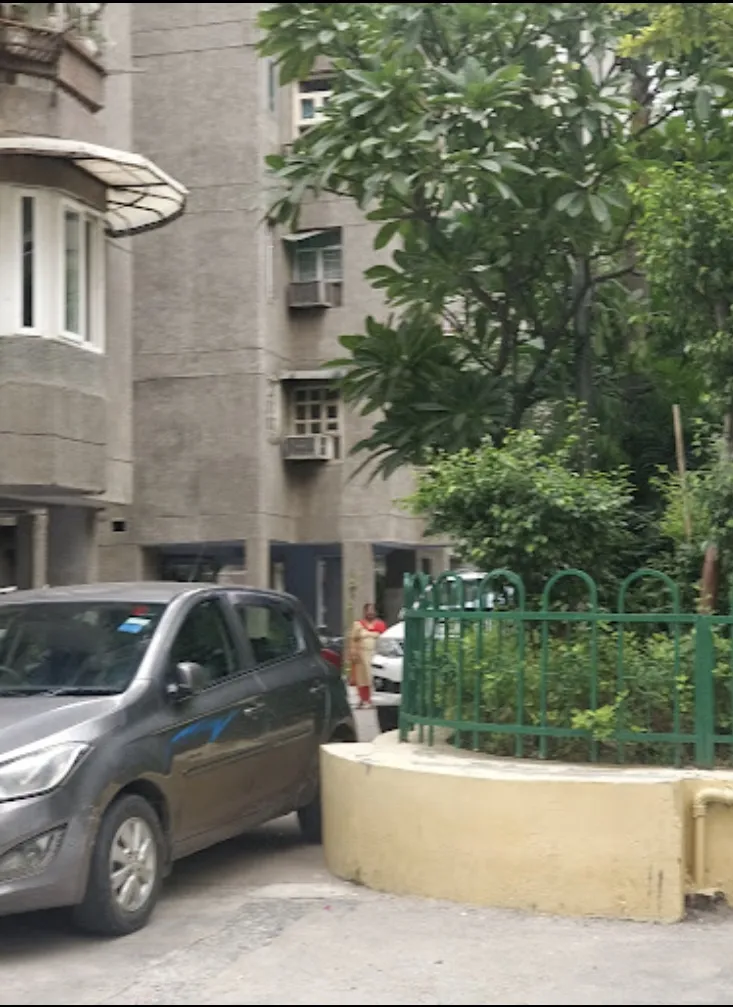
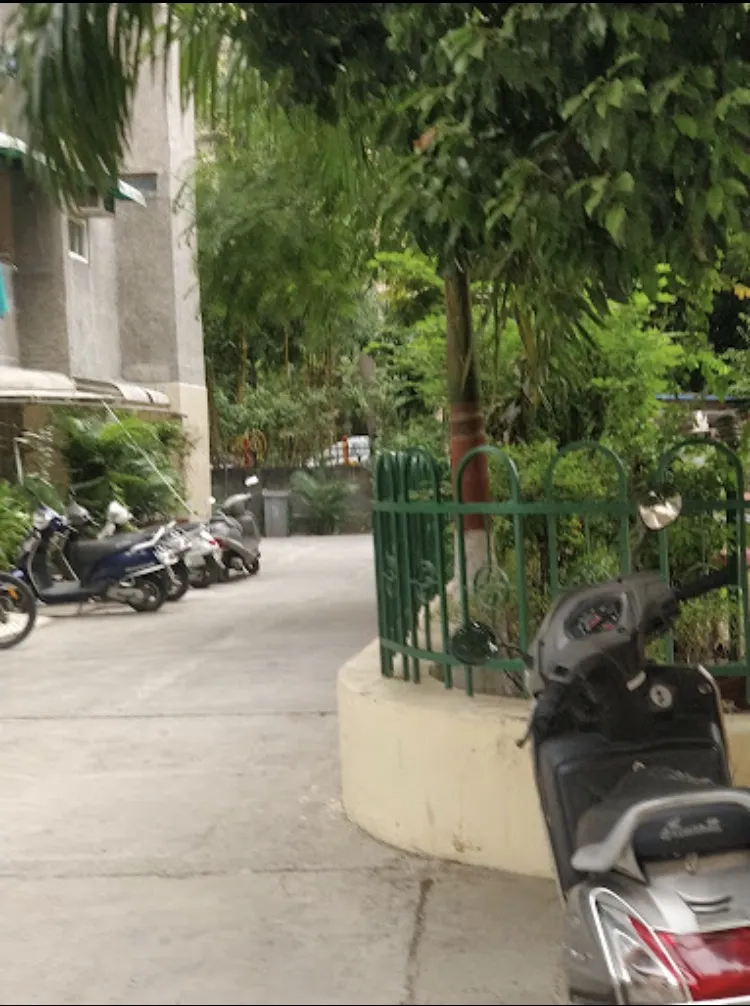
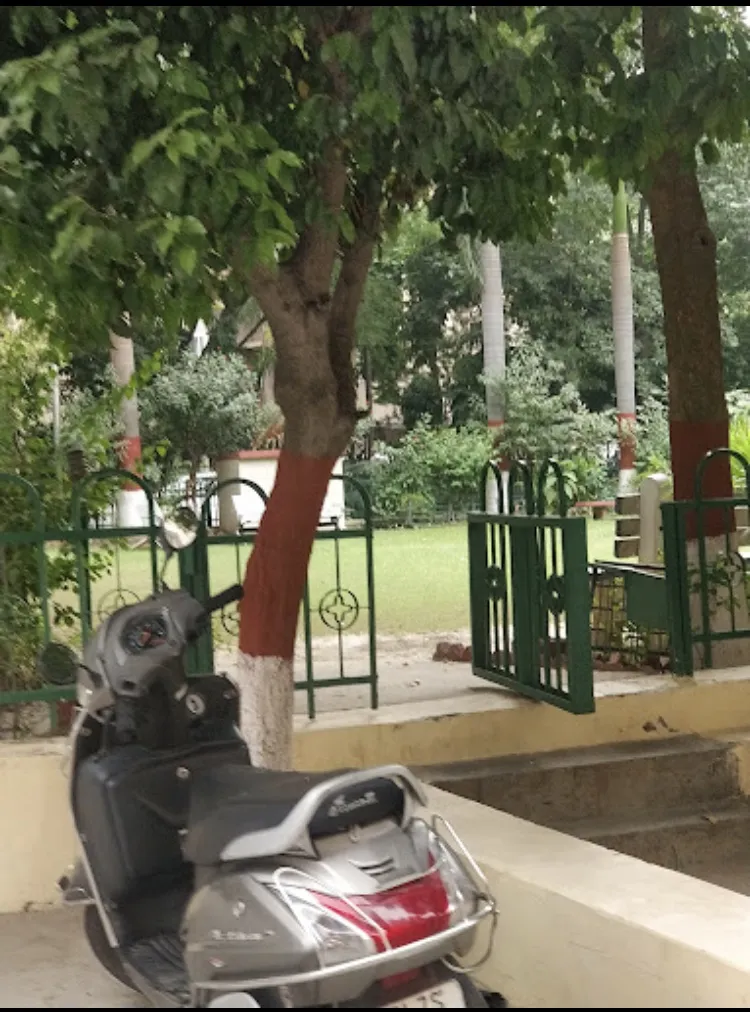
EMI Starting : ₹ 1,00,800
 Ekta Gardens
Ekta Gardens
DDA Flats
|
Starting : |
₹ 1.5 Cr |
East Delhi, New Delhi
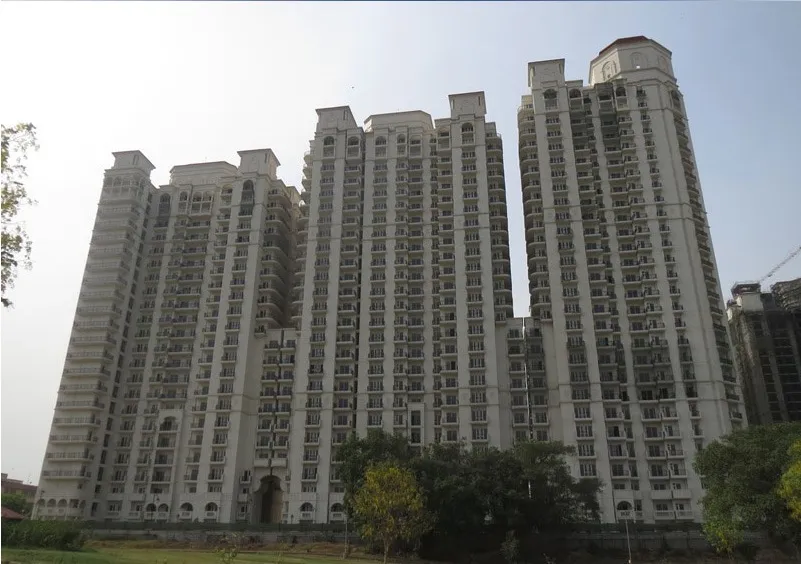
EMI Starting : ₹ 1,48,512
17 properties Starting ₹2.21 Cr

EMI Starting : ₹ 70,560
6 properties Starting ₹1.05 Cr

EMI Starting : ₹ 79,296
6 properties Starting ₹1.18 Cr
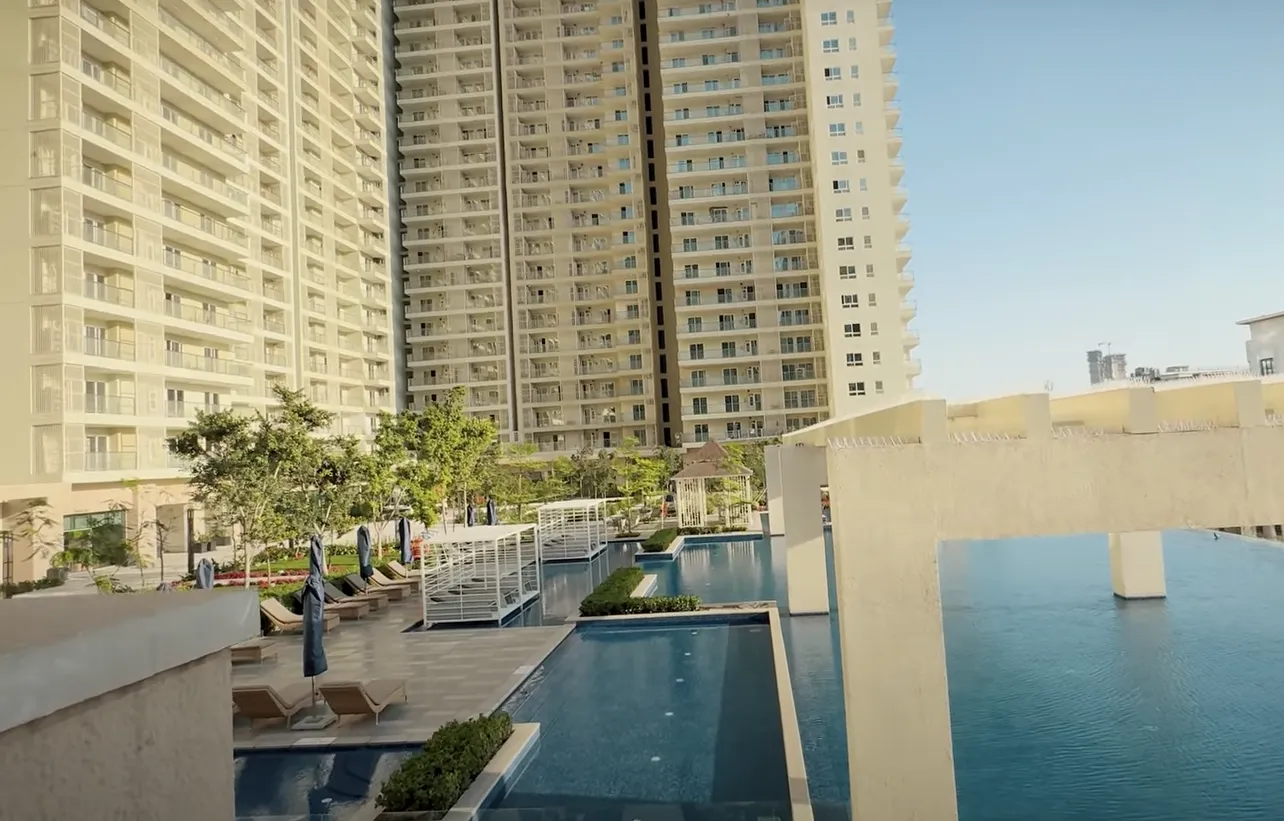
EMI Starting : ₹ 2,68,800
5 properties Starting ₹4 Cr
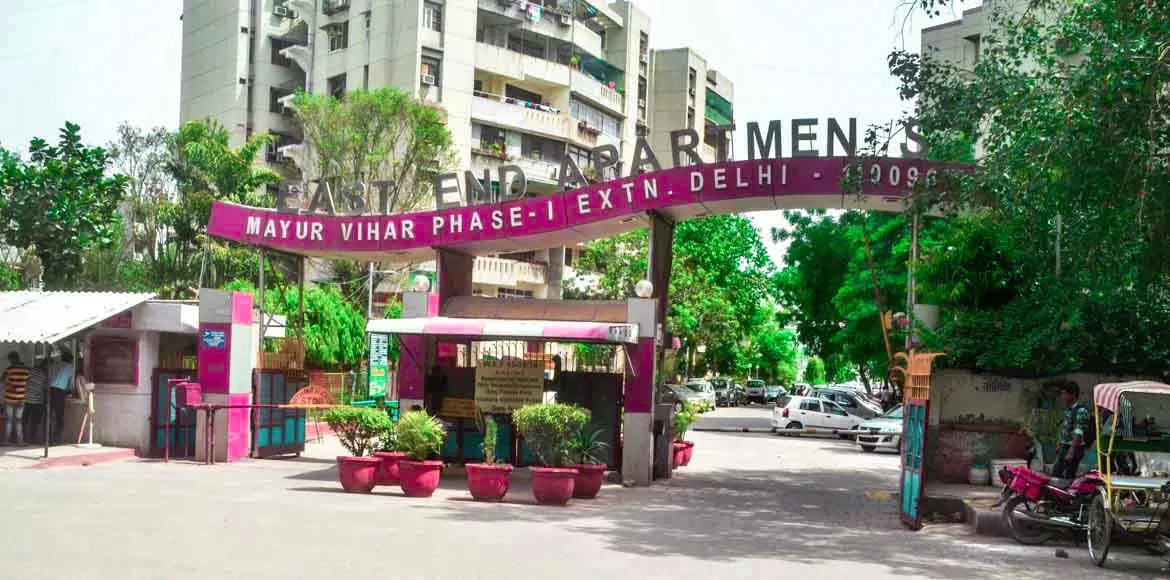
EMI Starting : ₹ 1,44,480
4 properties Starting ₹2.15 Cr

EMI Starting : ₹ 60,480
4 properties Starting ₹90 Lac
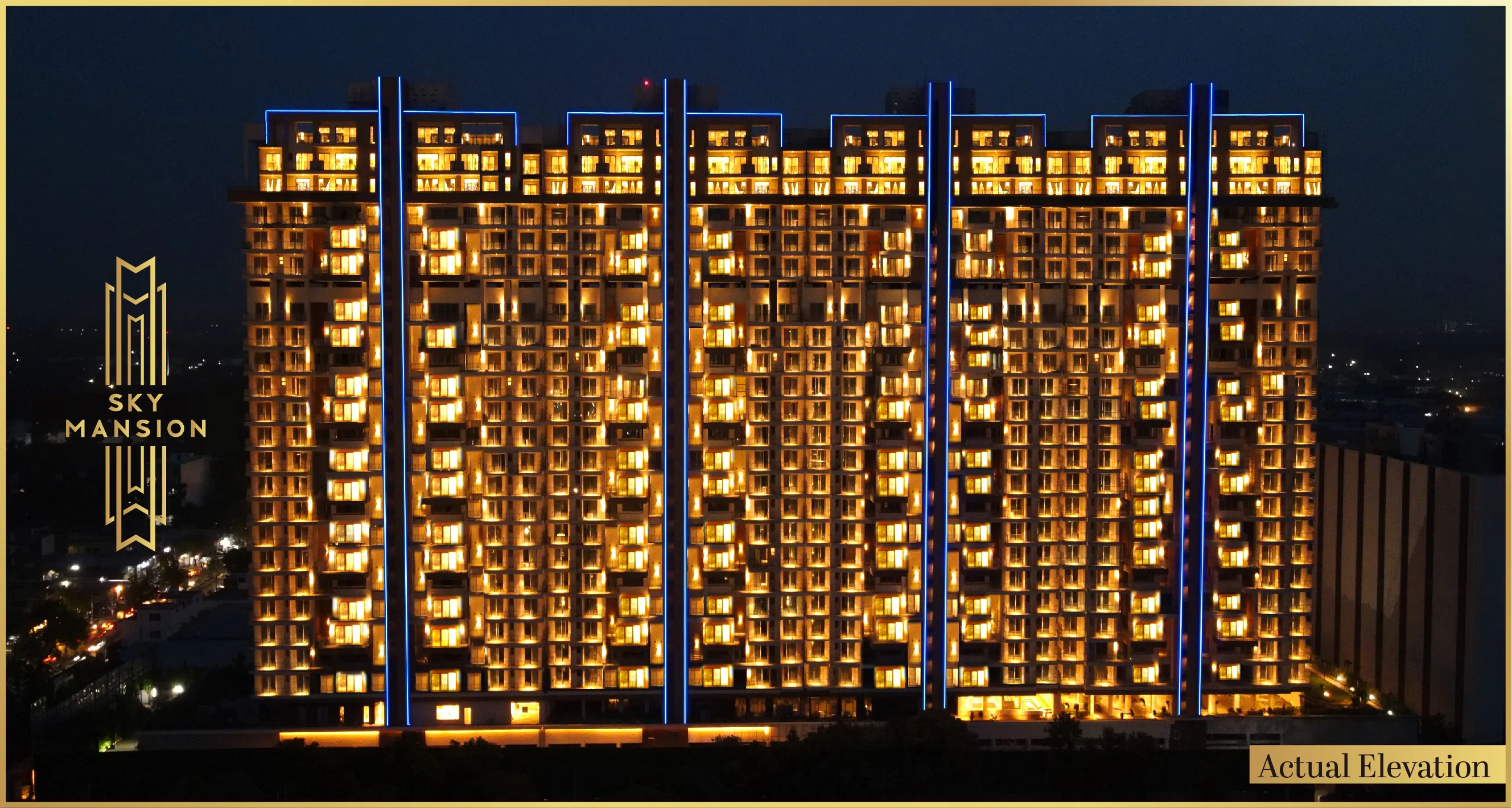
EMI Starting : ₹ 3,96,480
4 properties Starting ₹5.9 Cr

EMI Starting : ₹ 3,96,480
4 properties Starting ₹5.9 Cr
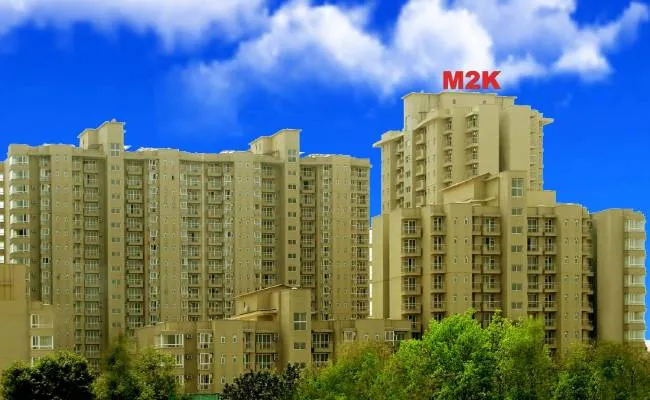
EMI Starting : ₹ 1,81,440
3 properties Starting ₹2.7 Cr
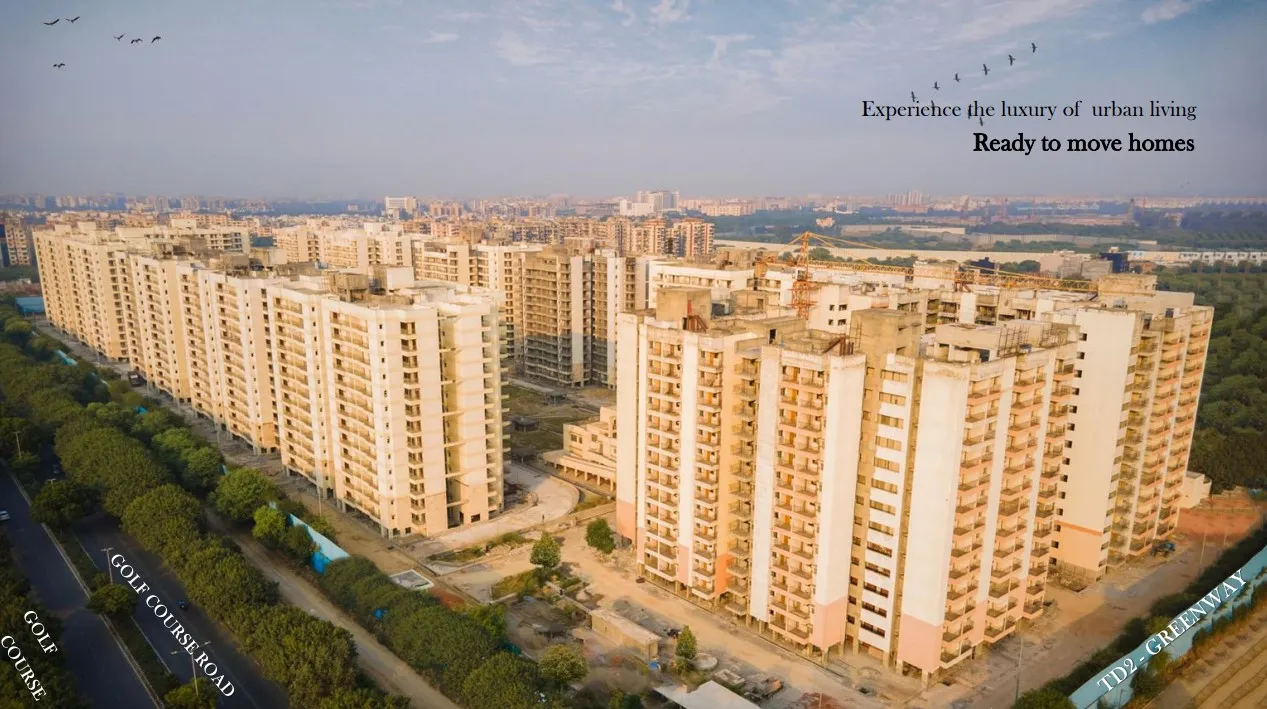
EMI Starting : ₹ 2,62,080
3 properties Starting ₹3.9 Cr
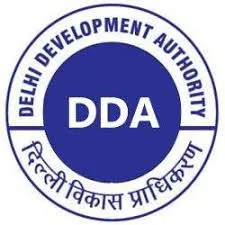
16 projects

EMI Starting : ₹ 70,560
14 projects Starting ₹1.05 Cr

EMI Starting : ₹ 5,54,400
6 projects Starting ₹8.25 Cr

6 projects
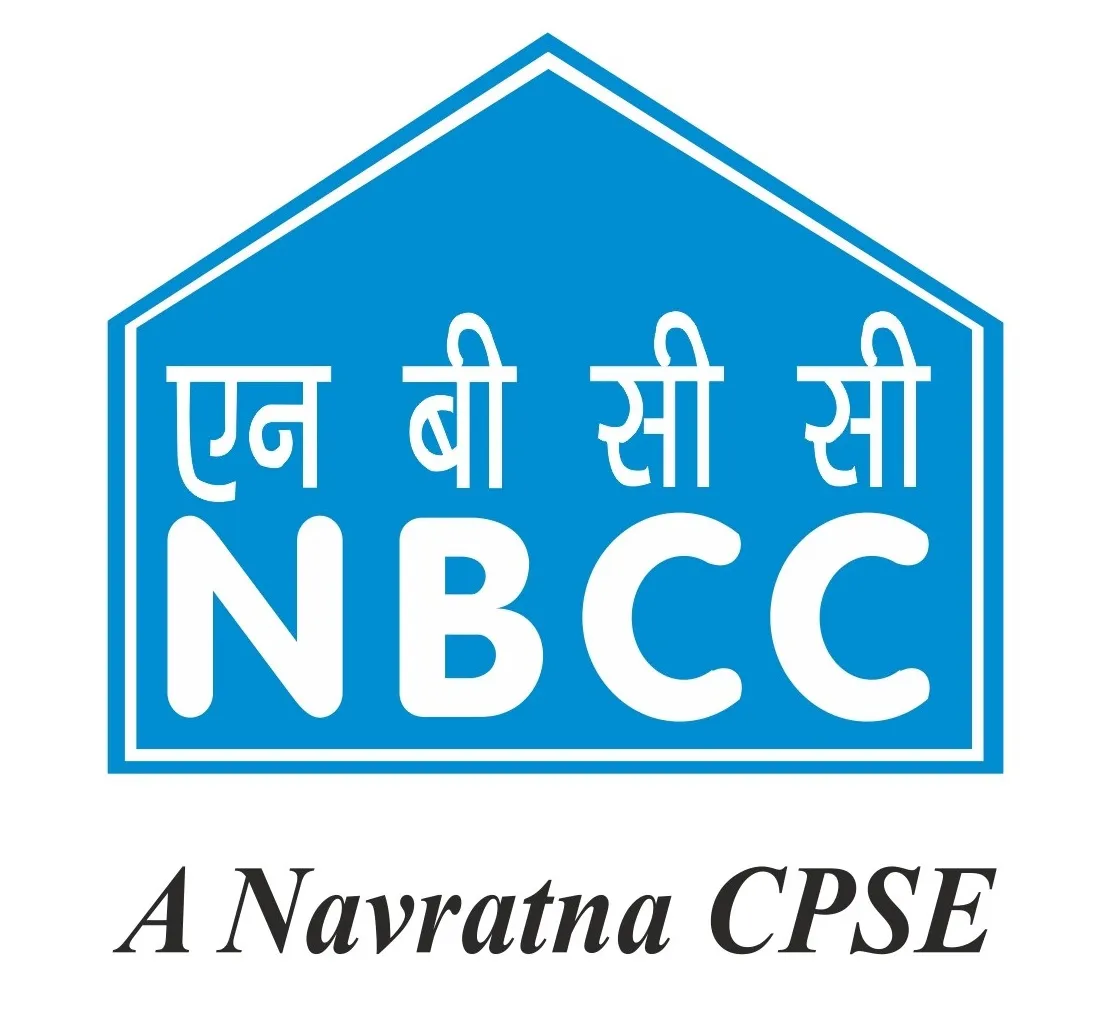
EMI Starting : ₹ 2,52,000
4 projects Starting ₹3.75 Cr

EMI Starting : ₹ 1,81,440
3 projects Starting ₹2.7 Cr

3 projects

3 projects
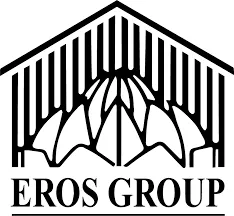
2 projects

2 projects


Starting 90 Lac

Starting 1.05 Cr

Starting 1.18 Cr

Starting 1.5 Cr

Starting 1.5 Cr


Starting 1.05 Cr

Starting 8.25 Cr


Starting 3.75 Cr

Starting 2.7 Cr



